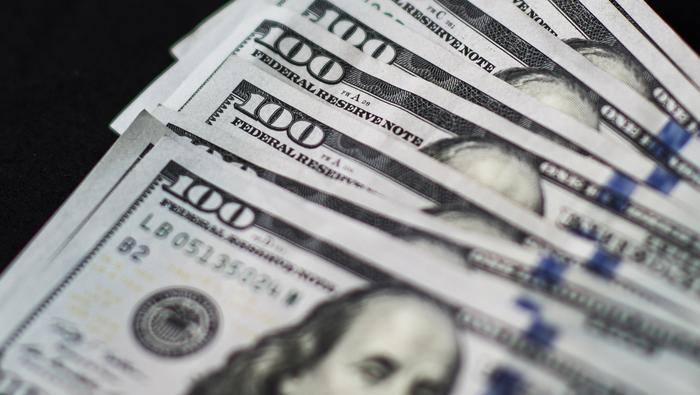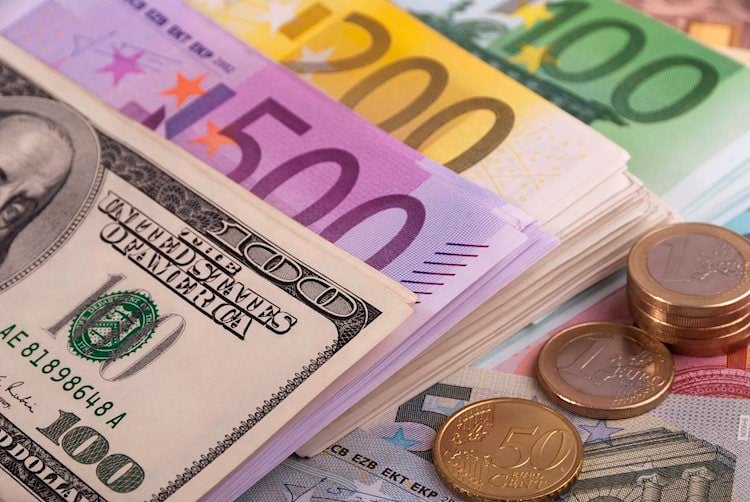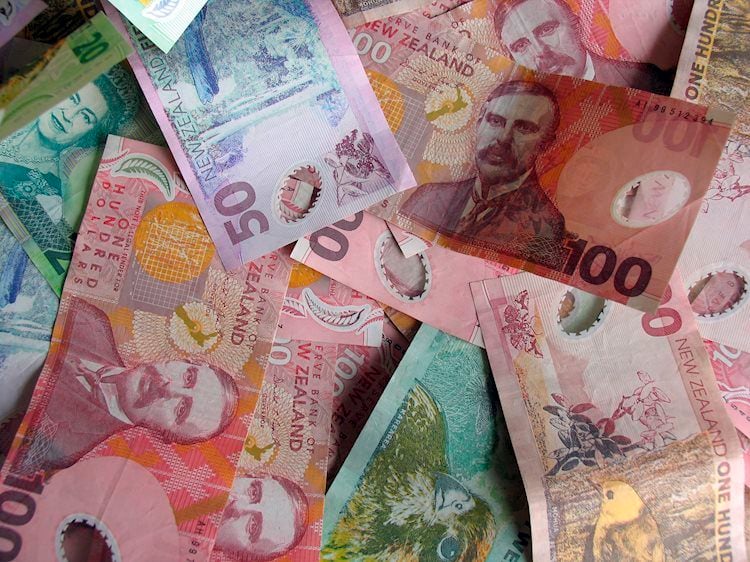Advertisement
The US Dollar’s Fundamental Outlook is Neutral.
On the back of dropping Fed rate rise expectations and collapsing US Treasury rates, the US Dollar (as measured by the DXY Index) has fallen as the calendar has moved into mid-July.
Even if another strong inflation report is expected, investors are losing faith in the Fed’s ability to raise interest rates anytime soon; instead, the Fed will be limited to unwinding asset purchases. The US Dollar is expected to have a mixed leaning through the middle of July, according to the IG Client Sentiment Index. The value of the US dollar has dropped. On the back of dropping Fed rate rise expectations and collapsing US Treasury rates, the US Dollar (as measured by the DXY Index) has fallen as the calendar has moved into mid-July. However, with a significant catalyst looming in the coming days – the June US inflation (CPI) report on Tuesday – a reversal in the recent narrative could be on the way. While higher inflation readings should theory lead to higher US Treasury rates, the Federal Reserve’s steadfast insistence that inflation is “mostly transitory” may preclude a major shift in yields to the upside. As a result, the US Dollar faces an asymmetric risk: a strong inflation report may not be enough to propel rates higher, while a worse inflation estimate could justify another leg lower in yields. Risky Economic Calendar in the United States As we approach the middle of the month, a significant docket of event risk originating in the United States emerges. Several high-rated economic reports, as well as Fed Chair Jerome Powell’s semi-annual Congressional testimony, point to a potentially volatile week. The June US inflation report (CPI) will be announced on Tuesday, July 13, with high inflation rates predicted to continue. On Tuesday, the US federal government will release its monthly budget statement for June. A different June US inflation report (PPI) will be released on Wednesday, July 14, focusing on business input costs (e.g., ‘at the factory gate’). Powell will travel to Capitol Hill for the first of two days of his Congressional testimony, which will focus on the contents of the July Monetary Policy Report, which was released on July 9. The Fed’s Beige Book will be released later in the day. The weekly jobless claims data is due on Thursday, July 15, ahead of the Philadelphia Fed manufacturing index for July. The numbers for June industrial production in the United States will be revealed later. Finally, Fed Chair Powell will appear before Congress on the second day of his two-day appearance. The June US retail sales report was released on Friday, July 16, ahead of the preliminary July US Michigan consumer mood report, which included 5-year inflation predictions. The US Treasury’s foreign bond investment report and overall net capital flows figures for May will be revealed at the end of the day. GDPNow Growth Estimate for 2Q’21 from the Atlanta Fed (July 9, 2021) (Graph 1) The Atlanta Fed’s GDPNow growth prediction has been reduced again based on data collected so far for 2Q’21. “The nowcast of second-quarter real gross private domestic investment growth climbed from [4.7 percent ] to [5.1 percent ] percent,” according to the latest data. The Atlanta Fed’s GDPNow growth prediction for 2Q’21 will be updated on Friday, July 16. View the DailyFX economic calendar for complete US economic data forecasts. Curve of US Treasury Yields (1-year to 30-years) (July 2019 to July 2021) (Graph 2) The combination of dropping US Treasury yields and dwindling Fed rate rise probability has historically created a tough trading environment for the US Dollar. Fed It’s a lot of fun to be in the spotlight. The Federal Reserve’s premise that price pressures are “mostly temporary” is brought into sharp focus by the June US inflation data. Even if another strong inflation report is expected, investors are losing faith in the Fed’s ability to raise interest rates anytime soon; instead, the Fed will be limited to unwinding asset purchases. By assessing the difference in borrowing costs for commercial banks over a certain time horizon in the future, we may determine if a Fed rate hike is priced in using Eurodollar contracts. In order to understand where interest rates are headed in the interim period between July 2021 and December 2023, Chart 1 shows the difference in borrowing costs – the spread – for the July 2021 and December 2023 contracts. CONTRACT SPREAD FOR EURODOLLAR FUTURES (JULY 2021-DECEMBER 2023): RATE CHART ON A DAILY BASIS (March 18 to July 9, 2021) (PHOTO 3) There were 107 basis points worth of rate hikes discounted by December 2023 when they released their July report following the June US nonfarm payrolls report; now, there are just over 88 basis points priced in. The FOMC is being viewed as less hawkish by the markets, plain and simple. In effect, over 80% of a 25-bps rate has been removed from the equation. COT US Dollar Futures Positioning at the CFTC (July 2020 to July 2021) (Graph 4) Finally, speculators converted from net-short to net-long, establishing a net-long US Dollar position of 7,564 contracts, according to the CFTC’s COT for the week ended July 6. While US Dollar stance has been reasonably neutral for the past three months, the latest adjustment in positioning has the futures market net-long for the past 52 weeks. —- Christopher Vecchio, CFA, Senior Currency Strategist wrote this article./n
Read More




